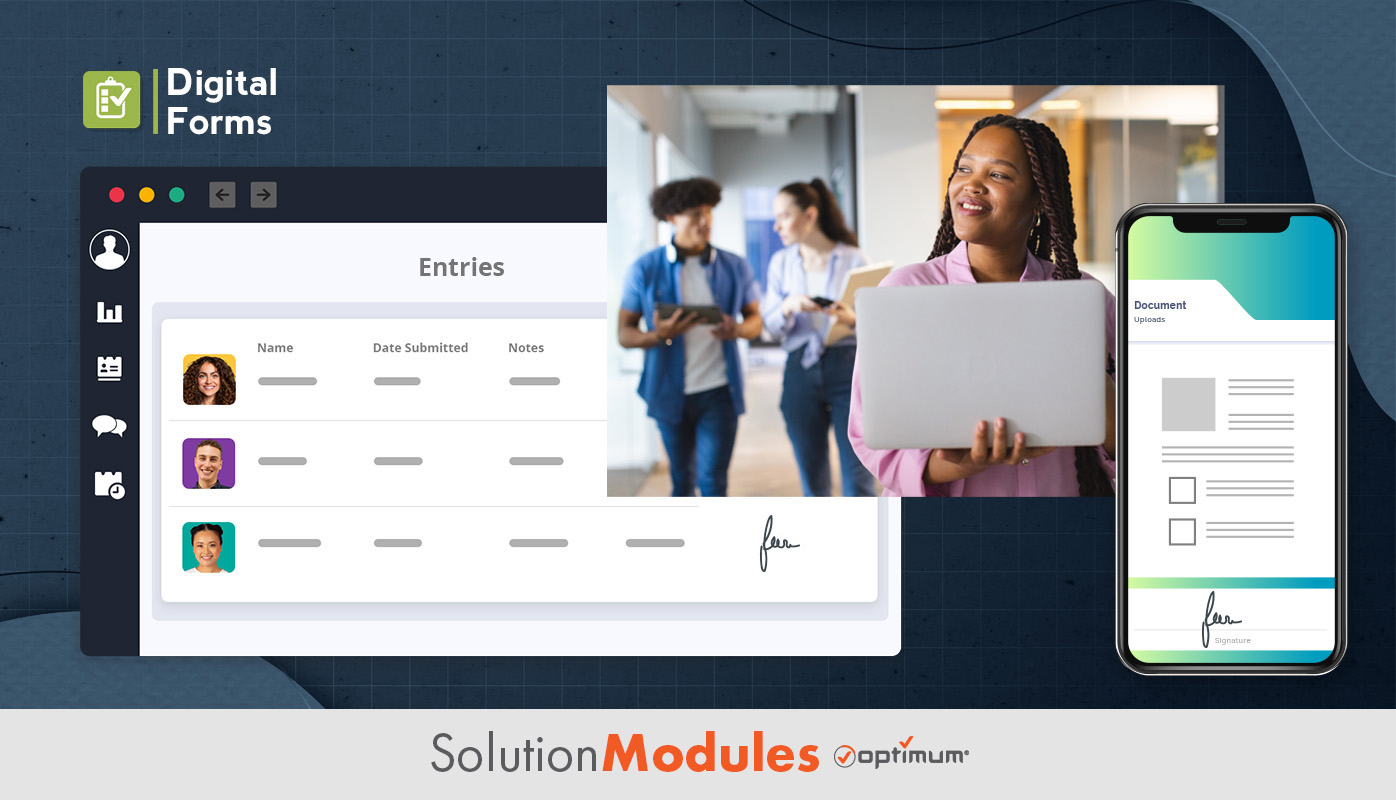
Why Digital Forms Are Essential for Higher Education
Table of Contents
- What Are Digital Forms?
- Advantages of Digital Forms
- Digital Forms in Education
- Features of Effective Digital Form Platforms
- Implementing Digital Forms in Education
- Security and Privacy Considerations
- FAQ
- Conclusion

The adoption of digital forms has become a game-changer across various sectors. Digital forms offer numerous benefits, from efficiency and cost savings to improved data management and accessibility. While these advantages are applicable in many fields, this article will delve into how digital forms are particularly beneficial in the educational sector.
Key Takeaways
- Digital forms streamline administrative tasks, saving time and reducing errors.
- By eliminating paper and printing costs, digital forms offer significant financial benefits.
- Digital forms can be accessed and submitted from any device, anytime, anywhere.
- Automated data collection and processing improve accuracy and enable real-time analysis.
What Are Digital Forms?
Definition and Key Features
Digital forms are electronic versions of traditional paper forms that can be filled out, submitted, and processed online. Key features of digital forms include ease of creation, customization options, real-time data collection, and seamless integration with other software systems.
Comparison to Traditional Paper Forms
Unlike traditional paper forms, digital forms eliminate the need for physical storage, reduce the risk of data loss, and streamline the entire form-filling process. They can be accessed from any device with an internet connection, making them more versatile and convenient.
Advantages of Digital Forms
Efficiency and Time Savings
Digital forms significantly speed up the form submission process. Automated workflows mean that data is instantly available for processing, reducing the time spent on manual data entry and minimizing errors.
Cost-Effectiveness
By eliminating the need for paper, printing, and physical storage, digital forms offer substantial cost savings. Additionally, they reduce the administrative burden, allowing staff to focus on more strategic tasks.
Accessibility and Convenience
Digital forms can be accessed and filled out from anywhere, at any time. This level of accessibility is especially beneficial for higher educational institutions with remote or geographically dispersed participants.
Digital Forms in Education
Streamlining Administrative Processes
In the educational sector, digital forms simplify administrative tasks such as student enrollment, course registration, and event sign-ups. Automated workflows ensure that information is quickly and accurately processed, improving overall efficiency.
Enhancing Student Engagement
Digital forms can also enhance student engagement by making it easier for students to provide feedback, participate in surveys, and access educational resources. This streamlined communication fosters a more interactive and responsive educational environment.
Simplifying Data Collection and Analysis
Collecting and analyzing data becomes much more straightforward with digital forms. Educators and administrators can quickly gather insights from various sources, enabling data-driven decision-making and continuous improvement.
Features of Effective Digital Form Platforms
User-Friendly Interfaces
An effective digital form platform should have a user-friendly interface that is easy to navigate. This ensures that users of all technical skill levels can create and fill out forms without difficulty.
Customizable Templates
Customizable templates allow institutions to tailor forms to their specific needs, ensuring that all necessary information is captured accurately and efficiently.
Integration with Other Systems
Seamless integration with other systems, such as student information systems (SIS) and learning management systems (LMS), enhances the functionality of digital forms and streamlines data flow across platforms.
Implementing Digital Forms in Education
Steps for Successful Adoption
Implementing digital forms requires a strategic approach. Key steps include assessing the institution's needs, selecting the right platform, training staff and students, and continuously monitoring and optimizing the system.
Best Practices for Maximizing Benefits
To maximize the benefits of digital forms, institutions should encourage widespread use, provide ongoing support and training, and regularly review and update form templates to meet evolving needs.
Security and Privacy Considerations
Ensuring Data Security
Ensuring the security of data collected through digital forms is paramount. Institutions must choose platforms that offer robust security features, such as encryption and secure data storage.
Compliance with Privacy Regulations
Compliance with privacy regulations, such as FERPA in the United States, is essential. Digital form platforms should include features that help institutions meet these requirements and protect sensitive information.

FAQs
What are digital forms?Digital forms are electronic versions of traditional paper forms that can be filled out, submitted, and processed online. They offer features such as real-time data collection, customization options, and integration with other software systems.
How do digital forms improve efficiency?Digital forms improve efficiency by automating data collection and processing, reducing the need for manual data entry, and minimizing errors. This leads to faster, more accurate workflows and frees up time for more strategic tasks.
What are the benefits of digital forms in education?In education, digital forms streamline administrative processes, enhance student engagement, and simplify data collection and analysis. They make it easier to manage tasks such as student enrollment, course registration, and feedback collection.
How secure are digital forms?Digital forms can be very secure if the platform used offers robust security features, such as encryption and secure data storage. Institutions should choose platforms that comply with relevant privacy regulations to ensure data protection.
What features should I look for in a digital form platform?Key features to look for in a digital forms platform include a user-friendly interface, customizable templates, integration with other systems, and robust security measures. These features ensure that the platform meets your needs and protects your data.
Conclusion
In the educational sector, digital forms streamline administrative processes, enhance student engagement, and simplify data collection and analysis. As technology continues to advance, the role of digital forms in education will only grow, driving greater efficiency and effectiveness.
Optimum Higher Education Solutions offers a robust digital form modules designed to meet the unique needs of educational institutions. Our customizable, secure, and user-friendly digital forms help streamline operations, enhance communication, and improve data management. Contact us today and let us show you how we can simplify your digital form workflow processes.